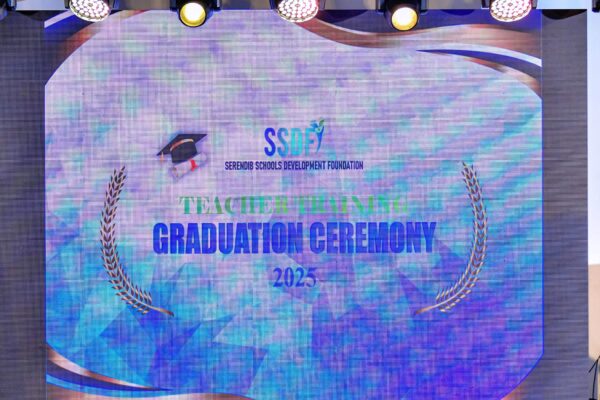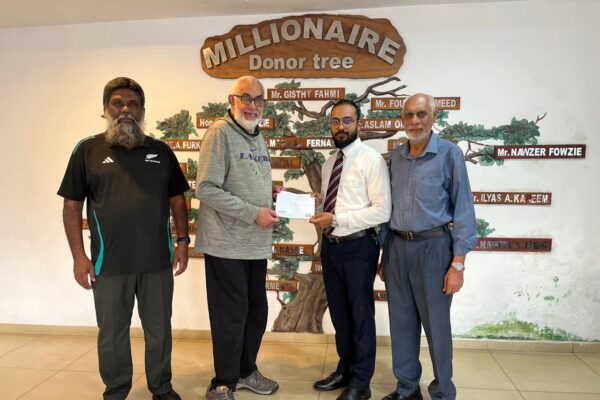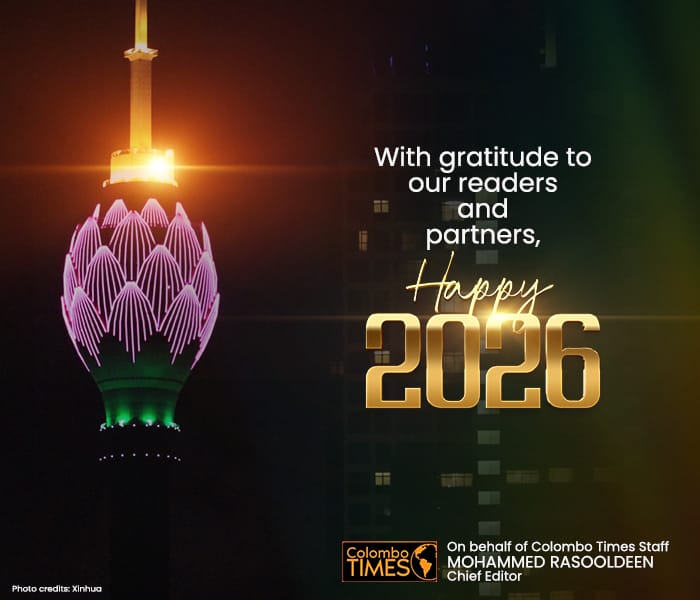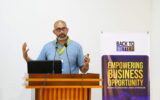MOHAMMED RASOOLDEEN
COLOMBO: Extensive arrangements have been made by the Bangladesh High Commission in Colombo, in association with the Ministry of Education in Colombo to commemorate the International Mother Language Day (IMLD) under the patronage of Prime Minister Mahinda Rajapaksa at the Independence Square on Monday, Feb.21.
The theme of the celebration will be ‘Mother/Mother Language/Motherland’ and the government of Sri Lanka partnered with the High Commission in the observance.
Speaking to Colombo Times, Bangladesh High Commissioner, Tarek Mohd. Ariful Islam said that the minister of education and trade,Dinesh Gunawardena and Bandula Gunawardena respectively will be special guests on the occasion.
The programme will be spiced with the display of artworks and multi-cultural performances followed by the distribution of awards to the winners of the art competitions.
On the initiative of the High Commission, the Ministry of Education of Sri Lanka had organized a Children’s Art Competition.
International Mother Language Day recognizes that languages and multilingualism can advance inclusion, and the Sustainable Development Goals’ focus on leaving no one behind. UNESCO believes education, based on the first language or mother tongue, must begin from the early years as early childhood care and education is the foundation of learning.
Technology has the potential to address some of the greatest challenges in education today. It can accelerate efforts towards ensuring equitable and inclusive lifelong learning opportunities for all if it is guided by the core principles of inclusion and equity. Multilingual education based on mother tongue is a key component of inclusion in education.
During COVID-19 school closures, many countries around the world employed technology-based solutions to maintain continuity of learning. But many learners lacked the necessary equipment, internet access, accessible materials, adapted content, and human support that would have allowed them to follow distance learning. Moreover, distance teaching and learning tools, programmes and content are not always able to reflect language diversity.















